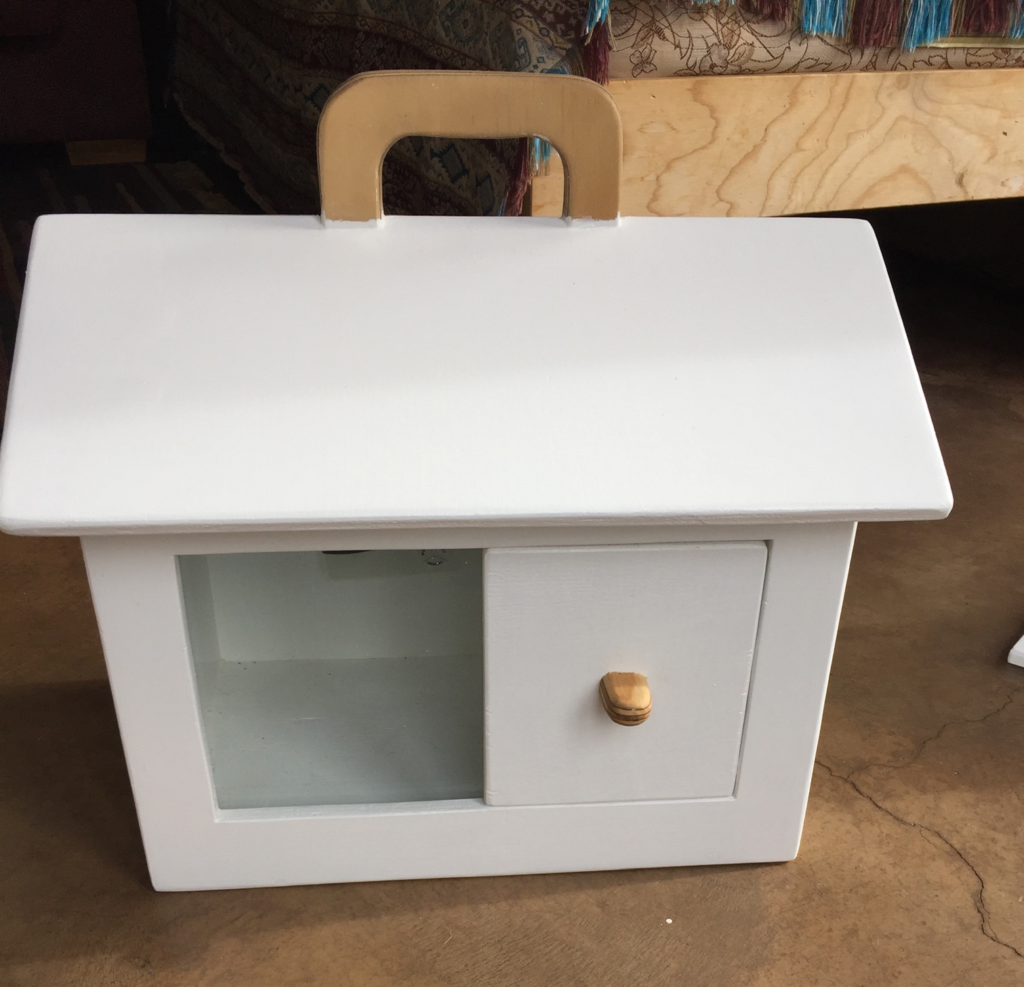Teaching people across the homeowner-tenant-whānau spectrum about how to have a healthy home is core to much of our work. However, most of our work is targeted at the adults that live in homes. Several years ago, we wondered “What would it look like if we explored healthy homes with children?” The result? The Home Performance in Schools project.
In a collaboration with the Toimata Foundation, Enviroschools, and the Home Performance Advisor training programme, the project co-designed a teaching programme which was trialled at Maeroa Intermediate in 2019. The topic of Healthy Homes was explored with 10-12-year-old children through the Enviroschools’ participatory action learning approach.
The programme
The programme drew on Māori perspectives, focused on key building science principles, considered positive ways to engage young people in the topic, transformed existing training materials into age-appropriate activities, and built in processes to support the layers of adults around young people.
Both teachers and students experienced a diverse range of activities to ignite curiosity and interest for an inquiry into “What is a healthy home?” The learning journey was designed to develop a sense of care for themselves and their surroundings, and to build their confidence to participate in the creation of healthy homes. It was anticipated they would increase awareness and understanding of what makes homes healthy by creating models and sharing their knowledge within their own whānau.
The three big ideas of ‘body as first home’, habitat, and healthy homes let pupils personalise their learning. Being outside (at school), experiencing nature (on the trip), exploring, playing, model-making and experiencing the hands-on activities were novel for many of the children in this pilot. The building science area saw students investigate sun direction, how houses store and lose heat, building materials, types of houses around the world, energy and other elements that contribute to a healthy home.

Feedback
The teachers felt Healthy Homes offered a trans-disciplinary programme that supported other curriculum areas – this work integrated literacy, numeracy, science and art all into one unit. From a teaching perspective, the science in this trial included: investigating, understanding, and explaining healthy homes through creative insight; generating and testing ideas; gathering evidence – including making observations, carrying out investigations and modelling, and communicating with others – in order to develop scientific knowledge, understanding, and explanations for problem solving and decision-making.
The children loved the hands-on nature of many of the activities:
“Everyone was busy but calm. It was challenging. I needed more trees to soften the sound around my model”
“Because I get to make something”
“I would draft a plan of the house to stop mistakes”
“We used a compass to help face the model north for warmth”
One of the teachers was surprised at how engaged her students were during the house building – significantly her most ‘off-task’ students.
The children’s understanding of the healthy homes was demonstrated clearly in their model making, teacher reflection and the way they talked about the work to team members in the evaluation discussion and during exhibition. The teachers were “utterly blown away” by how much the kids got out of the work, the complexity of the models and the exploration.
What next?
Toimata Foundation will be integrating the Healthy Homes material into the Enviroschools Ecological Building Theme Area and will draw on the pilot experiences in the further development of Toimata programmes.

